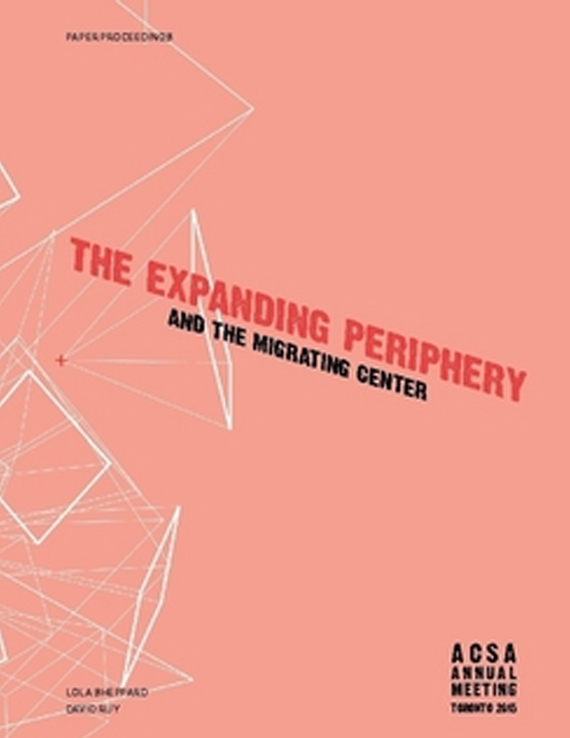Author(s): Sara Lum
The digital shift from formal experimentation to big data workflows could prove to be more transformative to the production of architecture than aesthetic explorations of the recent past. Information-based technologies such as GIS systems, building information modeling, and remote sensing technologies have transformed the production of practice, but have even more significantly altered modes of practice; the emerging landscape is organized according to infrastructure requiring new sets of design tools and skills. When communicating a project using these information-based tools the question is no longer how much data is enough, but how much data is too much? Design becomes in part a process of purging, parsing and patching relevant information together. This is particularly true for 3D laser scanning, or Lidar. The result of a 3D scan is a measurable three-dimensional digital point cloud model ranging from thousands to millions of points. As adopters of such tools architects are challenged to innovate methods and approaches for how technological developments are utilized and ultimately affect the design and construction of architecture. To date, there is limited precedence of experimentation with large-scale 3D scanning in architecture; most innovative approaches have taken place in peripheral fields and in other parts of the world, particularly in South American and Europe. In addition, while it has been clear for some time that the design processes of the next generation of architects will be driven by a set of constraints related to big data, it is still unclear how the necessary skills will be taught within an academic setting.This paper frames the use of 3D laser scanning within the broader context of the discipline and describes an approach to academic research and teaching experimenting with the use of large-scale high definition scanning as a design tool. Innovative research utilizing 3D laser scanning is presented in the project Narratives of the Bakken: The Land and Its People. The project is in progress and utilizes a multi-disciplinary research method to study place and the politics of space in the Bakken oilfields of the Williston Basin in western North Dakota. A building shop course titled Surveying, Mapping and Scanning is also described in the paper, and presents a hands-on, research based teaching approach incorporating large-scale 3D scanning into academia. To understand and be critical of the relationship between design tools and the built environment is valuable to students entering a profession with endless toolsets available; having the critical thinking skills to creatively implement new design tools in the profession is more important than mastering any one particular technology.Building information modeling and its associated inputs, including 3D laser scan data, problematize representation. In contrast to formally focused digital design processes, a process of purging, parsing and patching information to be communicated is required. This paper presents a platform framing the use of 3D scanning within architecture as a design tool, suggests challenges and possibilities for innovation, and offers potential processes for a future of researching, designing and teaching within point clouds.
Volume Editors
David Ruy & Lola Sheppard
ISBN
978-0-935502-95-4

 Study Architecture
Study Architecture  ProPEL
ProPEL 
